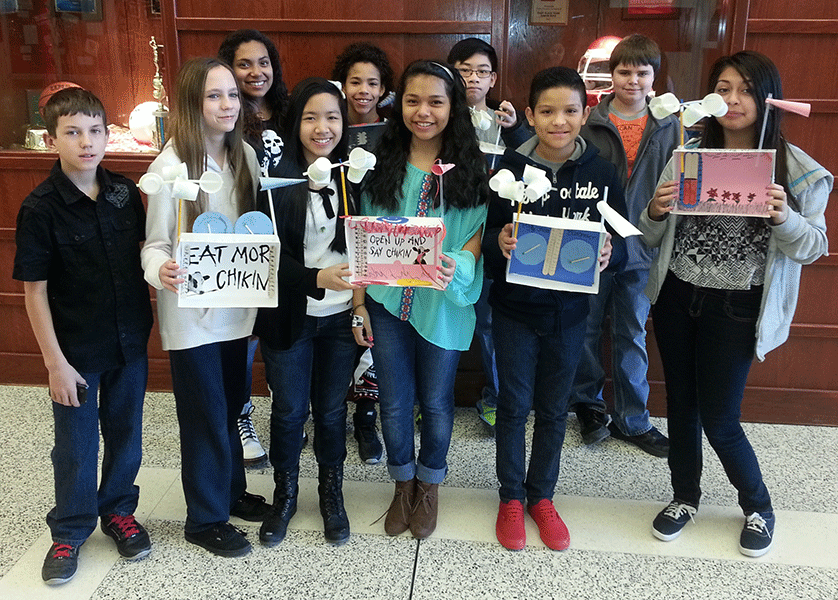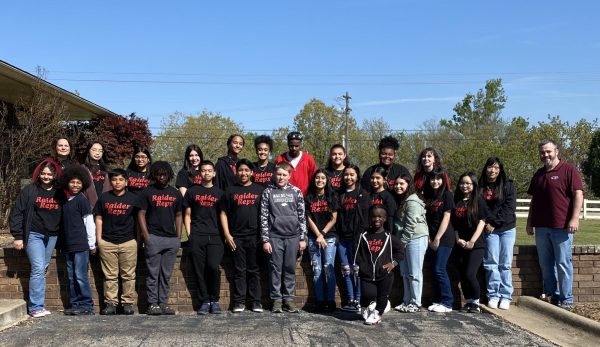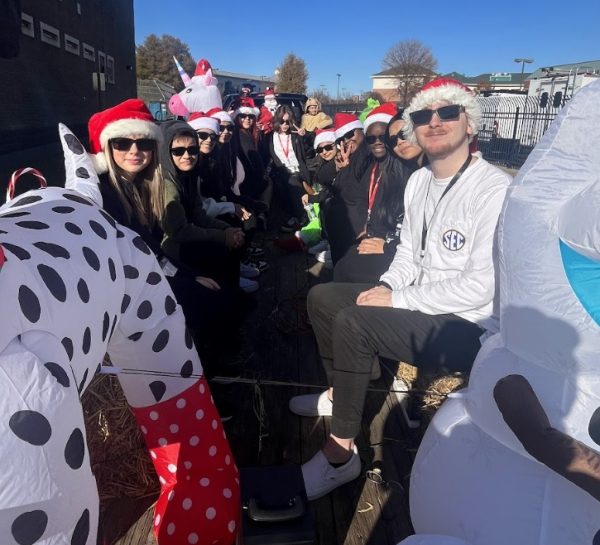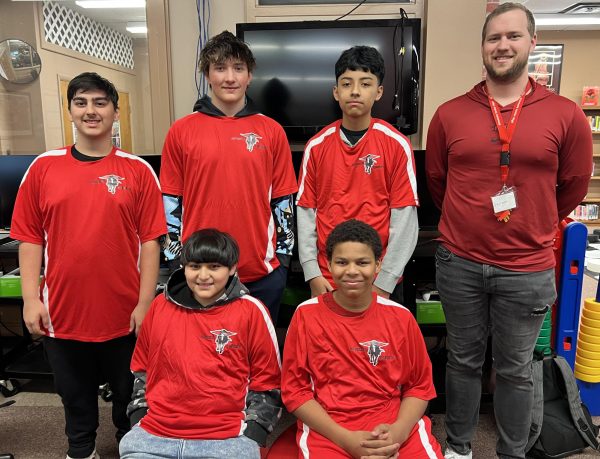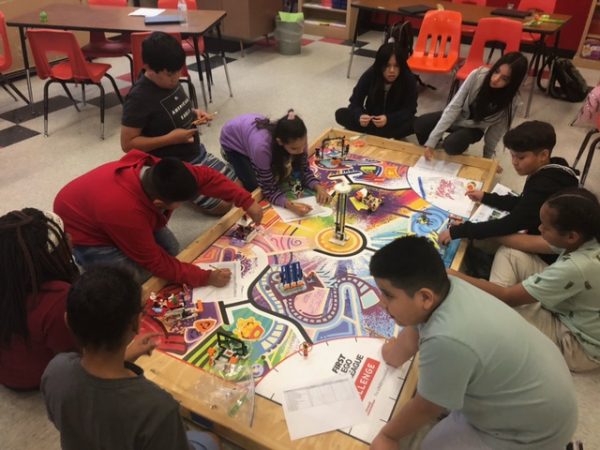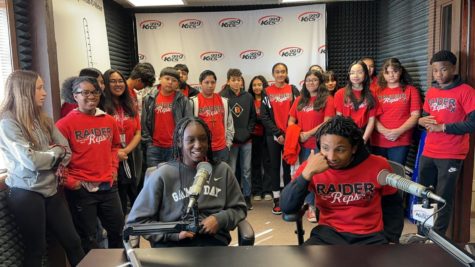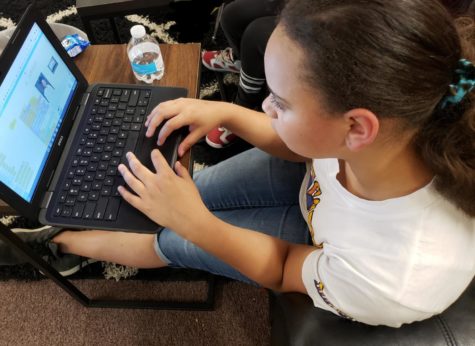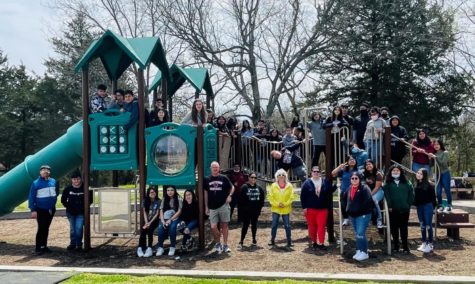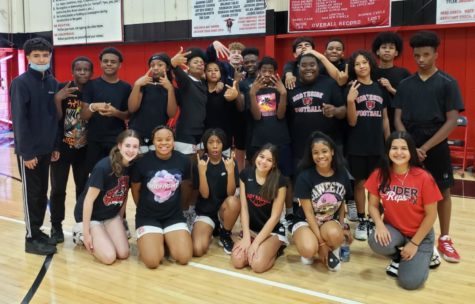Students Apply Creativity and Critical Thinking Skills in Science
Kids talked, whispered, and signaled across the room as their science teacher Mr. Jones explained their week-long task: collaborate to create weather-station models. These seventh graders had already learned about the five elements of weather — temperature, air pressure, humidity, wind speed, and wind direction. Each set of partners used Dixie cups, matches, push pins, straws, tongue depressors, and other classroom items to create six weather instruments.
To be successful, students had to be interactive critical thinkers.
“What I liked best was crafting and customizing and being able to work with a partner,” Christian Chavez said.
Some liked getting to be creative.
“The project was very fun, and I got to let my inner creativity out,” Molly Conroy said. “I learned there are many ways to check different things about weather. I couldn’t have done it without my friend and partner Karoline. Even though Karoline was really hyper during the project, we got to finish with success.”
While working together, students created a hygrometer to measure humidity, a thermometer for temperature, an anemometer for wind speed, a rain gauge for precipitation, a wind sock for wind direction, and a barometer for air pressure.
“I enjoyed learning things that I did not already know,” Taylor Pottaff said.
The task was not easy.
“The project was fun and sometimes complicated for me,” Jarod Gray said.
Not only that but while kids were having fun, they were also learning new things.
“What I enjoyed most about the weather-station project was that we got to learn new things that we had never learned before,” Kemarius Bradley-Moss said.
Completed projects were displayed inside hollowed-out cereal boxes.
“I enjoyed the part where we put on the decoration,” Julia Thai said.
Mr. Jones shared his thoughts on the success of the project.
“I’m most proud of the hard work and effort my students put into each one of their projects,” Mr. Jones said. “It shows they understood, respected, and enjoyed the assignment all at the same time.”


